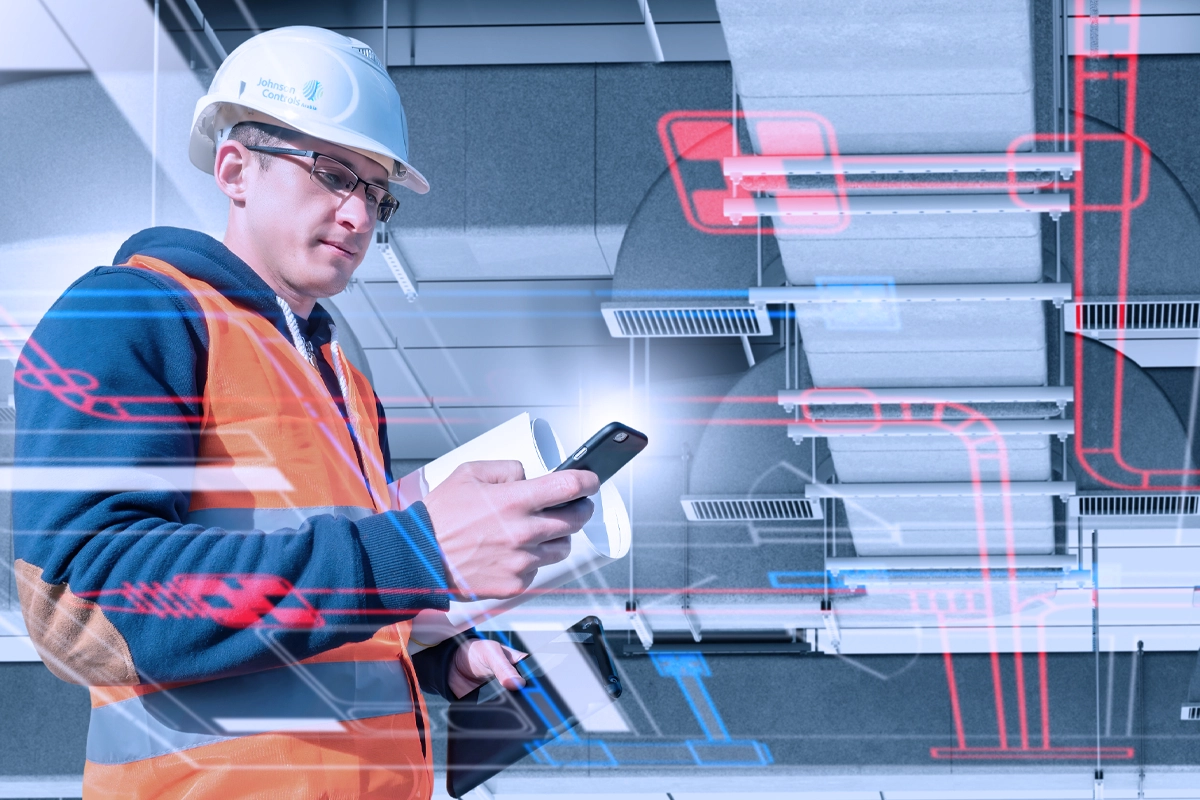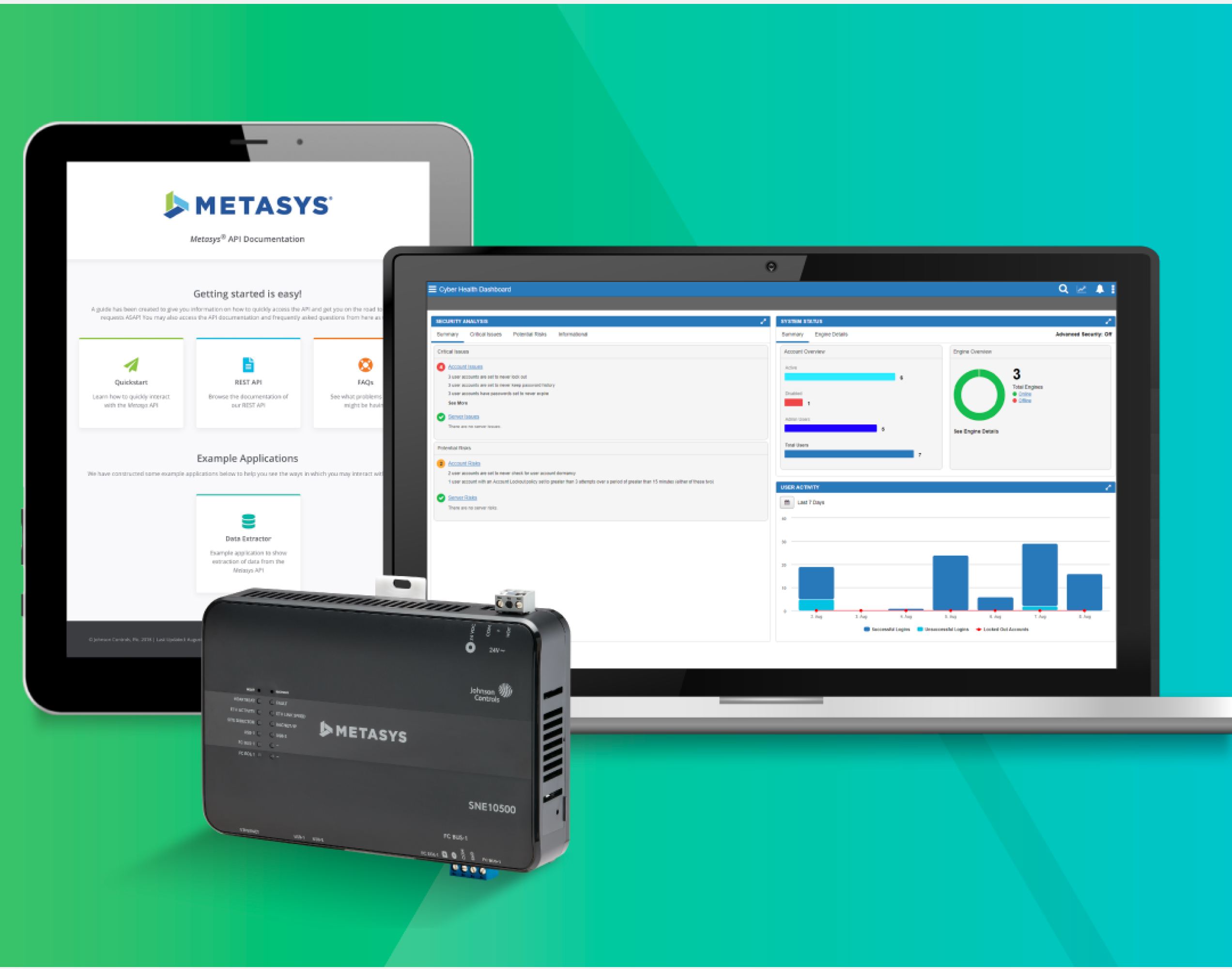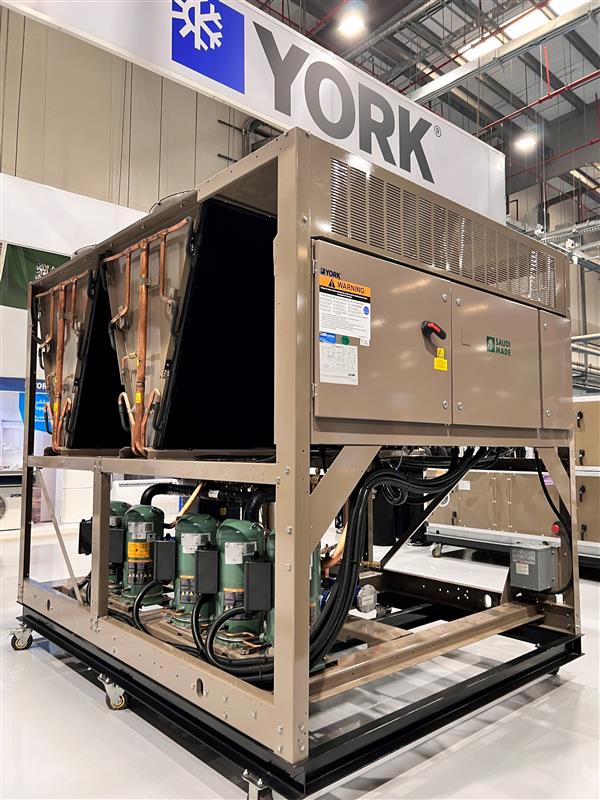Securing facilities has come a long way from the days of traditional locks and keys. Today's smart access control systems offer sophisticated, integrated solutions that not only protect people and assets but also streamline operations and support regulatory compliance.
In this article, we'll explore what smart access control systems are, highlight their key features and benefits, and guide you through choosing the right solution to meet your organization's unique needs.
What Is a Smart Access Control System?
A smart access control system is an advanced security solution that manages entry to physical spaces without relying on traditional keys. Instead of old-fashioned locks, it uses technologies like biometric identifiers, RFID cards (Radio Frequency Identification), or mobile phone apps to verify a person's identity and grant access.
The goal is simple: ensure only authorized individuals can enter a given area, thereby greatly enhancing security compared to conventional lock-and-key methods.
The Growing Need for Smart Access Control Systems in Businesses
Issues like physical security breaches, asset theft, data protection, and strict compliance requirements have created an urgent need for more sophisticated access control solutions. Traditional security systems are rapidly becoming obsolete in this complex threat landscape.
For instance, physical keys can be easily lost or duplicated, and it's nearly impossible to track who has entered or exited a building using just keys. Revoking access for a terminated employee might mean chasing down keys or changing locks, which is a slow and costly process.
In contrast, smart access control systems allow instant changes to permissions and provides clear records of entry events.
Key Features of Integrated Access Control Systems
Below are some of the key features smart access control systems, each of which plays a role in creating a secure and convenient access management solution:
Biometric and Multi-Factor Authentication
Integrated access control often supports advanced authentication methods beyond just keycards or PIN codes. Systems can include biometric scanners (for fingerprints, facial recognition, etc.) and allow multi-factor authentication (e.g. requiring a card plus a fingerprint) for enhanced security. This means that even if one credential is compromised, unauthorized entry is still prevented.
Cloud-Based Management and Remote Access
Cloud connectivity has become a defining characteristic of modern smart access control systems. Rather than relying on a closed, locally hosted server, many solutions now leverage secure web-based or cloud platforms for centralized management. This allows administrators to access the system from anywhere, enabling them to assign or revoke user permissions, adjust schedules, and monitor door activity in real time.
For organizations with multiple sites, this centralized capability delivers consistency across all locations. By managing access through a single, intuitive interface, businesses improve security oversight and enhance operational efficiency, saving time and resources while ensuring a uniform standard of protection across the enterprise.
Real-Time Monitoring and Alerts
An integrated access control system gives security teams real-time visibility into what's happening at entry points. Whenever someone swipes a badge or enters a PIN, the system logs it instantly and can display the event on a dashboard.
If an unauthorized attempt occurs, the system can trigger an immediate alert or alarm. Many systems send instant alerts by email or mobile app when doors are left open or when access is attempted outside permitted hours.
Detailed Audit Trails and Reporting
Smart access control systems keep a detailed log of every entry and exit event, which is invaluable from both a security and management perspective.
These audit trails record who accessed which door and at what time, and they can often be searched or compiled into reports with a few clicks. Such records provide accountability; if an incident occurs, you can quickly review who was in the area at that time. Audit logs are also essential for demonstrating compliance with security policies or regulations.
Advanced systems allow you generate custom reports (daily, weekly, or on-demand) showing patterns like peak entry times or repeated unauthorized attempts.
Benefits of Integrated Access Control Systems
Adopting an integrated smart access control system can benefit an organization in numerous ways. Here are some of the major benefits:
Enhanced Security and Fraud Prevention
By using secure credentials (like biometrics or encrypted smart cards) and eliminating physical keys, organizations dramatically reduce the chances of unauthorized entry.
Integrated systems also reduce human error in security. For example, doors can be scheduled to lock automatically, eliminating the risk of someone forgetting to lock up. Multi-factor authentication, if used, adds an extra layer against intruders.
Convenience
For administrators, having a centralized dashboard to monitor and control access means streamlined workflows. Permissions can be updated with a few clicks, so onboarding a new employee or extending a contractor's access for an extra week is quick and hassle-free.
Cost Savings
This level of convenience extends to operations: no more changing locks when keys go missing, and no need for security staff to manually check doors each night. With digital credentials, those costs largely disappear.
Many businesses also find that preventing just one major security can justify the cost of the system, considering the average cost of a physical security breach can be very high.
Scalability
Another key advantage is scalability. Integrated systems are designed to expand as your organization grows. whether that means adding more doors or managing multiple sites. In most cases, this only requires additional controllers or subscriptions rather than a full system replacement.
How Smart Access Control Supports Compliance and Monitoring
With smart access control system, it becomes easier to enforce and prove compliance with security-related regulations, whether it's a privacy law requiring only authorized staff access data centers, or a safety regulation limiting who can enter a hazardous area.
Smart access control creates a detailed record of who accessed what and when, which companies can use to demonstrate that they are controlling access to sensitive areas as required.
Beyond compliance, integrated access control improves monitoring by consolidating security data in one place. By linking with tools such as video surveillance and alarm systems, administrators gain a real-time, centralized view of facility activity.
Door events, live camera feeds, and alarm alerts can be monitored on a single interface, even remotely. This unified approach allows faster responses to emergencies or suspicious activity and supports proactive management by flagging unusual patterns like repeated failed access attempts.
How to Choose the Right Access Control Solution
Selecting the right access control system is essential to balancing security, convenience, and long-term value. Here are the key factors to consider:
- Assess Your Needs: Identify the areas that require protection, the number of entry points, and the level of security needed.
- Check Scalability and Integration: Choose a system that can expand with your business and connect seamlessly with tools like alarms, CCTV, or HR databases.
- Prioritize Ease of Use: Ensure the platform is user-friendly for both administrators and staff, and confirm that the vendor provides reliable support.
- Evaluate Costs: Look beyond the upfront price and consider total cost of ownership, including maintenance, subscriptions, and future upgrades.
Key Takeaways
- Smart access control replaces traditional keys with secure digital credentials.
- Businesses adopt these systems for stronger security and compliance.
- Features include biometrics, cloud management, monitoring, and integration.
- Benefits: higher security, efficiency, scalability, and cost savings.
- Choose solutions based on needs, scalability, usability, and cost.
Why Johnson Controls Arabia is Your Trusted Partner for Secure Solutions
At Johnson Controls Arabia, we provide complete access control and integrated security solutions that protect people, facilities, and assets. Backed by decades of global expertise, we offer biometric and electronic hardware, advanced management software, and cloud-enabled platforms for organizations of all sizes.
Our systems are smart, scalable, and designed to integrate seamlessly with video surveillance, fire safety, intrusion detection, and building management. With hundreds of supported integrations, we deliver centralized control and faster, more efficient security management.
Contact us today to learn more about smart access control systems.
































